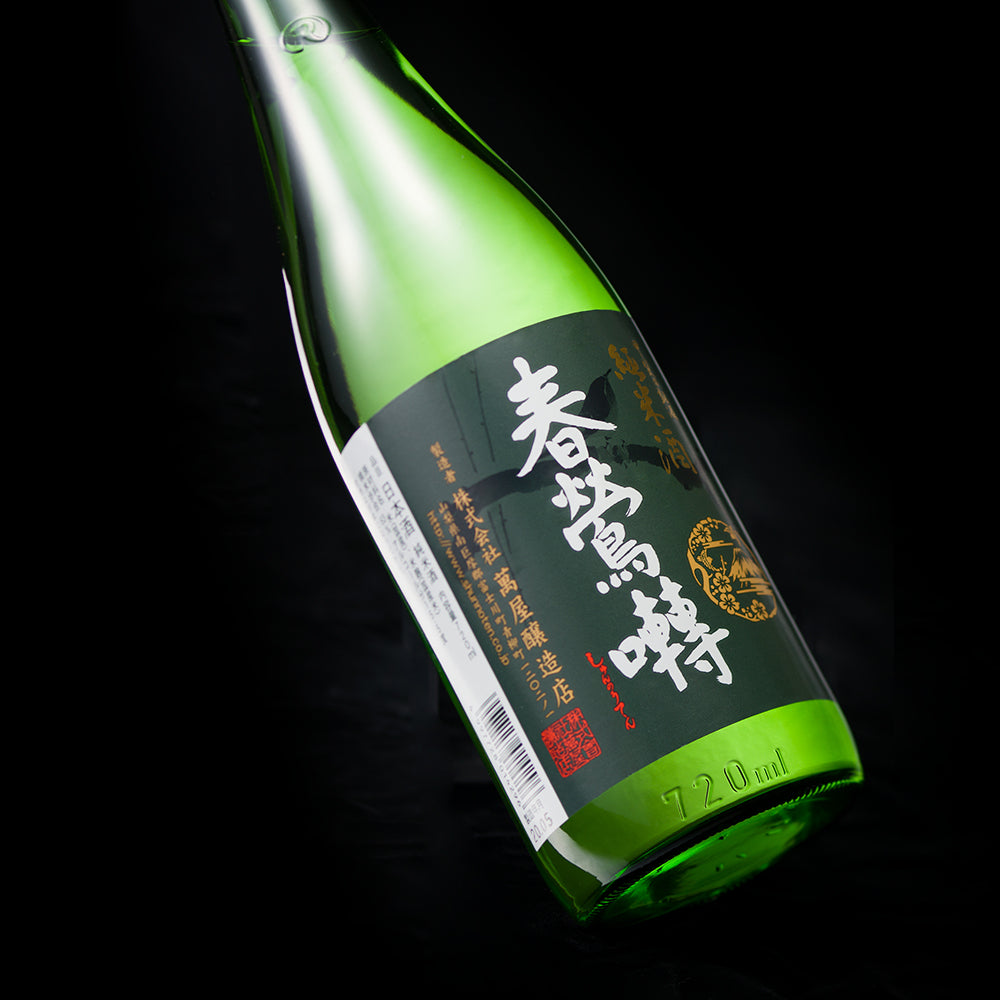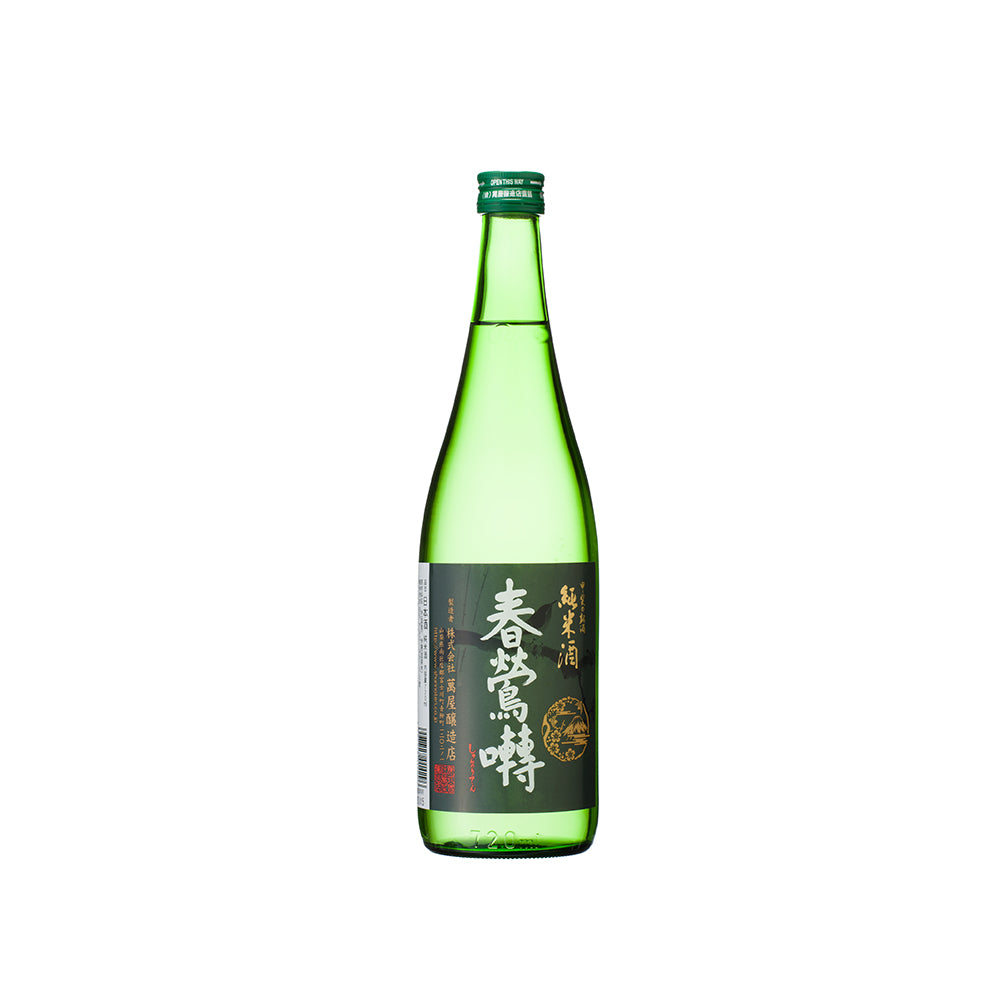-
 >
>
- Product list >
- Shunnoten Junmai (720ml)
Shunnoten Junmai (720ml)
詳しく見る
- *All prices shown are the product prices from the Japanpage:.
- *Product price can be shown in multiple currencies as reference values.
- *Payment should be made in Japanese yen.
- *After filling in delivery address, grand total (product price + shipping cost (packing + shipping + insurance) +tariffs & taxes) will be shown on the shipping cart page.
- *All prices shown are the product prices from the Japanpage:.
- *Product price can be shown in multiple currencies as reference values.
- *Payment should be made in Japanese yen.
- *After filling in delivery address, grand total (product price + shipping cost (packing + shipping + insurance) +tariffs & taxes) will be shown on the shipping cart page.
Awards
Milano Sake Challenge2019 Junmai Division Silver
"Shunnoten Junmai", the Junmai, is a signature product of ours that you should definitely try. We have produced this sake made from cultivated rice grown in Yamanashi Prefecture and the finest underground water from the southernmost tip of the Southern Alps. It has a gentle, rich flavor and a sharp aftertaste that you won't get tired of drinking, and is delicious either chilled or warm. It has also been featured in Japan's most famous gourmet manga, 'Oishinbo' (lit. 'The Gourmet'), in which it is shown paired warm with wild game (venison and boar meat). In 2019, this sake won the Silver Prize in the Junmai Sake Category at the Milano Sake Challenge, held by the Italian Sake Sommelier Association, which is very highly regarded worldwide.
Pairing food proposed from VendorOden
(a dish of various ingredients such as egg, daikon, potato, etc. stewed in a soy-sauce flavored dashi)
About "Shunnoten"
The sake's name bears the elegant meaning of the 'the chirp of the spring bush warbler', and is named after the famous poet Akiko Yosano, who visited our storehouse, and praised our sake for its flavor, scent and appearance in a small poem she wrote. We continue producing delicious sake by cultivating our sake rice based on the idea that we should stick to making our locally produced sake from locally produced rice and water.
Recommended temperature
- Atsukan (50 - 55℃)
- Jokan (45 - 50℃)
- Nurukan (30 - 40℃)
- Room temperature (15 - 20℃)
- Hanabie (10℃)
- Yukibie (5℃)
Type


Tag
Appearance
-
Clarity
Transparency
Hazy
-
Colour
Colorless
Dark brown
-
Intensity
Water
Deep
Nose characteristics
-
Intensity
Low
Strong
Taste characteristics
-
Light / Body
Light
Body
-
Sweet / Dry
Sweet
Dry
-
Simple / Complexity
Simple
Complexity
-
Acidity
Low
High
-
Umami
Low
High
-
Finish
Low finish
Long finish
Aroma and flavor
Detailed information
| Volume | 720ml |
|---|---|
| Size (L W H) | 7.0 x 7.0 x 30.0 cm |
| Weight | 1.1kg |
| Ingredients | Rice, Rice koji, Water |
| Region | Yamanashi |
| Alcohol content | 15%vol. |
|
Sake Meter Value
|
+3 |
|
Acid level
|
+1.6 |
|
Polishing ratio
|
63% |









